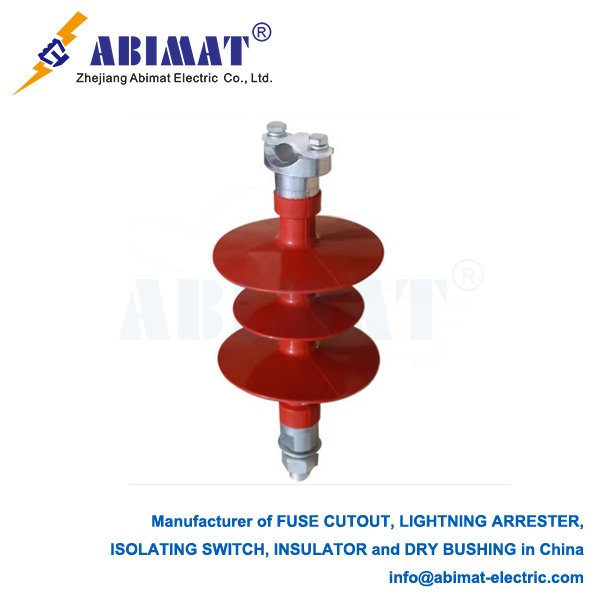Polymer Strain Insulators: A Modern Solution for Overhead Line Applications
Polymer strain insulators—people also call them composite strain insulators—are key parts in modern electrical systems that send and distribute electricity. They’re made specifically to handle two jobs: taking mechanical pulling force and dealing with electrical pressure. You’ll find them at suspension points and dead-end points on overhead power lines.
Structure and Composition
When you look at a typical polymer strain insulator, it has three main parts.
The core is the part that carries loads. It’s usually a rod made of fiberglass reinforced polymer (FRP), and it can handle a lot of pulling force without breaking.
The housing and sheds are made from plastic-like materials—stuff like silicone rubber (HTV or LSR) or EPDM rubber. This housing keeps the core safe from damage by the weather and other outdoor conditions. It also gives the insulator the right amount of surface distance needed to work properly—we call this creepage distance. The sheds are made to help the insulator work better in places with a lot of dirt or pollution.
The end fittings are metal parts, like ball, socket, or clevis pieces. They’re attached to the core for good—you can’t take them off easily. They let the insulator connect to the power tower and the electrical conductor.

Key Characteristics and Advantages
Polymer insulators are strong for how light they are. They’re way lighter than porcelain or glass insulators—this makes them easier to hold and move. It also takes some weight off the towers that hold them up.
They’re also good at handling vandalism and hits. Their mixed-material structure is really tough. Porcelain breaks easily, but these insulators don’t shatter if something hits them or if someone shoots at them. This makes the power line more dependable.
The silicone rubber housing is hydrophobic—meaning it pushes water away. So no steady layer of water forms on its surface. This helps the insulator work better when it’s wet or in polluted areas, and it makes flashover (a kind of electrical spark) less likely.
They’re easy to hold and install, too. Being lightweight cuts down on how long installation takes. It also lowers labor costs and reduces the chance of workers getting hurt.
Performance and Applications
Polymer strain insulators work well in places with lots of pollution, near the coast, or up high in the mountains. That’s because they keep pushing water away, even in those places. Their flexible design lets people change the creepage distance to fit how much pollution is in the area.
They’re the top choice for several situations. One situation is dead-end and suspension spots on the lines that send and distribute electricity—they work great there. They’re also good for places where people might damage them on purpose or hit them by accident. You can use them in railway power systems (called OHE systems) too. And they’re a good choice for areas where being light and working well in pollution are really important.
In short, the abimat polymer strain insulators are strong, light, and dependable. They keep the mechanical and electrical parts separate in modern power systems. In many hard working conditions, they do a better job than old-style materials like porcelain or glass.


